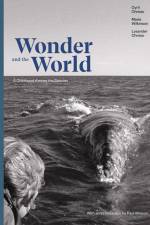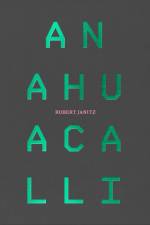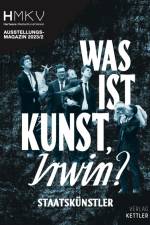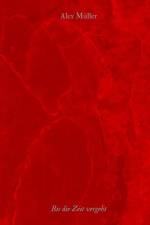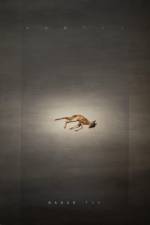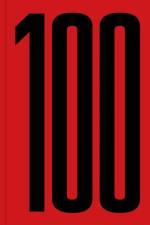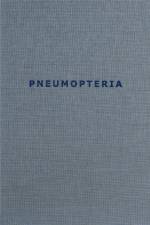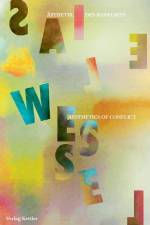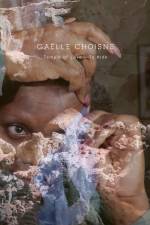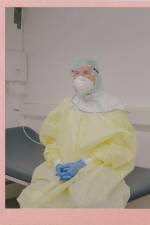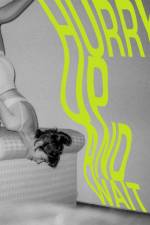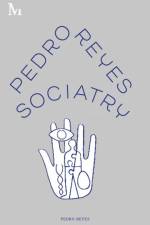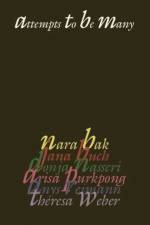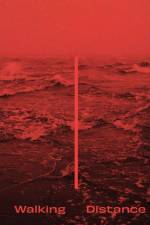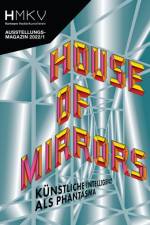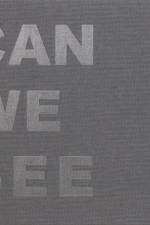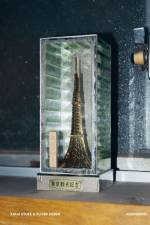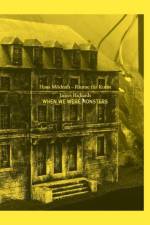av Haus Modrath, Johanna Markert & James Richards
529
James Richards (geb. 1983 in Cardiff, UK) ist bekannt für provokante und suggestive Bewegtbildarbeiten, in denen er ein breites Spektrum an Quellenmaterial aus Amateurfilmen, privaten und öffentlichen Archiven oder Fernsehausschnitten collagiert und mit vielschichtigen Soundtracks anreichert. Richards' Werk widmet sich den unaufhaltsamen Bilderströmen, die kennzeichnend für das 21. Jahrhundert geworden sind: Seine Arbeiten filtern, sortieren und verdichten angesammeltes Material zu einem Raum, in dem sich persönliche Empfindungen und die Materialität des Digitalen begegnen. Parallel zu seiner filmischen Praxis realisiert Richards Ausstellungsprojekte, die durch Archivrecherchen und einen andauernden Dialog mit anderen Künstler:innen gespeist sind.Die Publikation erscheint begleitend zur gleichnamigen Ausstellung im Haus Mödrath und webt Richards' Sound- und Videoinstallationen sowie skulpturale Arbeiten ineinander und zeichnet die Beziehungen und Einflüsse rund um seine Praxis nach, darunter Kollaborationen, die mit langjährigen Gesprächspartner:innen entstanden sind, ebenso wie Werke von engen Freund:innen und für ihn prägenden Künstler:innen.Mit Werken und Beiträgen von Tolia Astakhishvili, Albrecht, Becker, Christian Friedrich, Bastien Gachet, Isa Genzken, Margarethe Held, Adrian Hermanides, Anne McGuire, Steve Reinke, Rachel Reupke, JX Williams; Texte: Chris McCormack, Joseph Henry, James RichardsRedaktion: James Richards, Johanna MarkertHerausgeber: Haus MödrathDesign: HIT, BerlinCollagen und Illustrationen: James RichardsÜbersetzung: David Frühauf, Gegensatz Translation Collective


